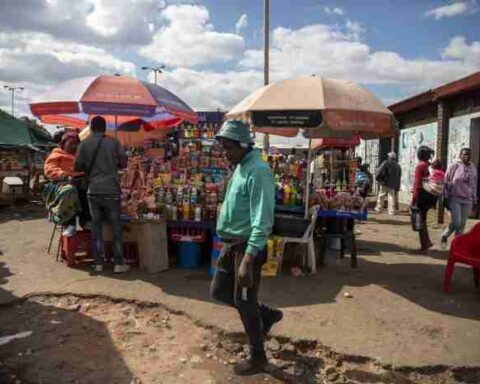By Taku Fundira
Post-independence, Zimbabwe’s beef export industry was thriving up until then end of the millennium.
Beyond the well documented production and marketing challenges that confront the industry, there is a glimmer of hope for exporting beef soon if all stakeholders across the beef value chain make a concerted effort to work together and revive the sector. There can never be a better time to revitalise this sector, given the increased demand for beef from Asia, specifically China, following the depletion of its swine herd from swine flu.
Furthermore, the operationalisation of the African Continental Free Trade Area (AfCFTA) offers an opportunity for increased market access, while increased interest from the Zimbabwean government and local investors such as Nurture Capital (Pty) Ltd, give impetus to the need for reviving the sector. This, however, is not without its challenges and note that Zimbabwe can still overcome the endemic challenges that have faced the industry and still manage to export and earn the much-needed foreign currency.
Exporting under risk of FMD concerns
One of the perverse risks that has bogged down this sector not only for Zimbabwe, but the entire Southern Africa region has been the issue of the foot and mouth disease (FMD) virus. FMD is a severe, highly contagious viral disease of cattle, swine, sheep, goats, and other cloven-hooved ruminants. Trade in livestock and their products from FMD risk countries is restricted and thus reduces trade opportunities and investment in the livestock sector of many developing countries.
For FMD-affected countries like Zimbabwe, keeping the disease under control and maintaining FMD-free status zones is a costly affair and the risk of subsequent outbreaks in free status zones is usually high. However, the benefits are significant if FMD free status trade can be established, especially in the lucrative international markets. Given the costly nature of maintaining FMD free status zones, an opportunity arises for alternative approaches and markets that are not stringent when it comes to FMD concerns.
Exports from FMD zones – current approach
It is important to note that the FMD virus can be found in the bone marrow of infected animals and is not harmful to humans. Maintaining FMD-free status zones has been the preferred approach, wherein infected animals are culled and strict biosecurity and traceability systems put in place. However, this is costly, especially in Southern Africa where the virus is found in buffalos which frequently interact with domestic animals in certain areas.
Therefore, management of FMD outbreaks becomes part of the solution. Control of FMD can be successfully achieved with good veterinary services, enabling rapid diagnosis and implementation of control measures, including, in some circumstances, the use of vaccines. This needs a collaborative approach between government veterinary services, cattle producers, and other stakeholders along the value chain to work together and establish realistic and manageable biosecurity systems to control outbreaks.
An opportunity for a new approach
It should be emphasised that the market for beef exists despite originating in FMD risk zones. With appropriate biosecurity, control and traceability measures, Zimbabwean beef can still be exported. African markets and, to a certain extent, the Middle East markets, offer opportunities worth exploring as FMD risk may not be of a high major concern. The Covid-19 pandemic has provided us with a window of opportunity – a better understanding of how to manage diseases in a pandemic. Rapid pen side testing systems and new generation vaccines can also be developed and adopted for the animal health just as what transpired in Covid-19 situation.
Zimbabwe should also focus more on commodity-based trading (CBT), which is an alternative option for disease control which focuses on achieving access to markets by managing the specific risks associated with products rather than through achieving FMD free zones.
With CBT, producers concentrate on the safety of the beef and not the area of its origination. This approach will require slaughter of cattle in slaughterhouses and abattoirs that maintain high food safety standards such that the final product conforms to food safety standards and is free of the FMD virus indicated by a change in pH (maturation – pH < 6.0) as well as deboning, among others.
It should be emphasised that CBT should be pursued with vigour and energy. The Southern Africa Development Community (SADC) has already endorsed the CBT protocol. Implementation requires a flexible approach and good management from veterinary services and producers. Ideally, government and producers need to work together to establish appropriate protocols which are agreed upon with their counterparts in the export markets. In addition, CBT should be promoted while also exercising compartmentalisation of animals to minimise the risk of transmission and management of outbreaks.
Taku Fundira is a market intelligence specialist with more than 15 years of experience working in East and Southern Africa. Key specialty areas include Quantitative Economic Analysis; International Trade Policy; and Market Research with a special focus on agriculture; mining, energy, finance and FMCG industries. He is currently Head of Market Research & Export Development at Nurture Capital (Pty) Ltd








